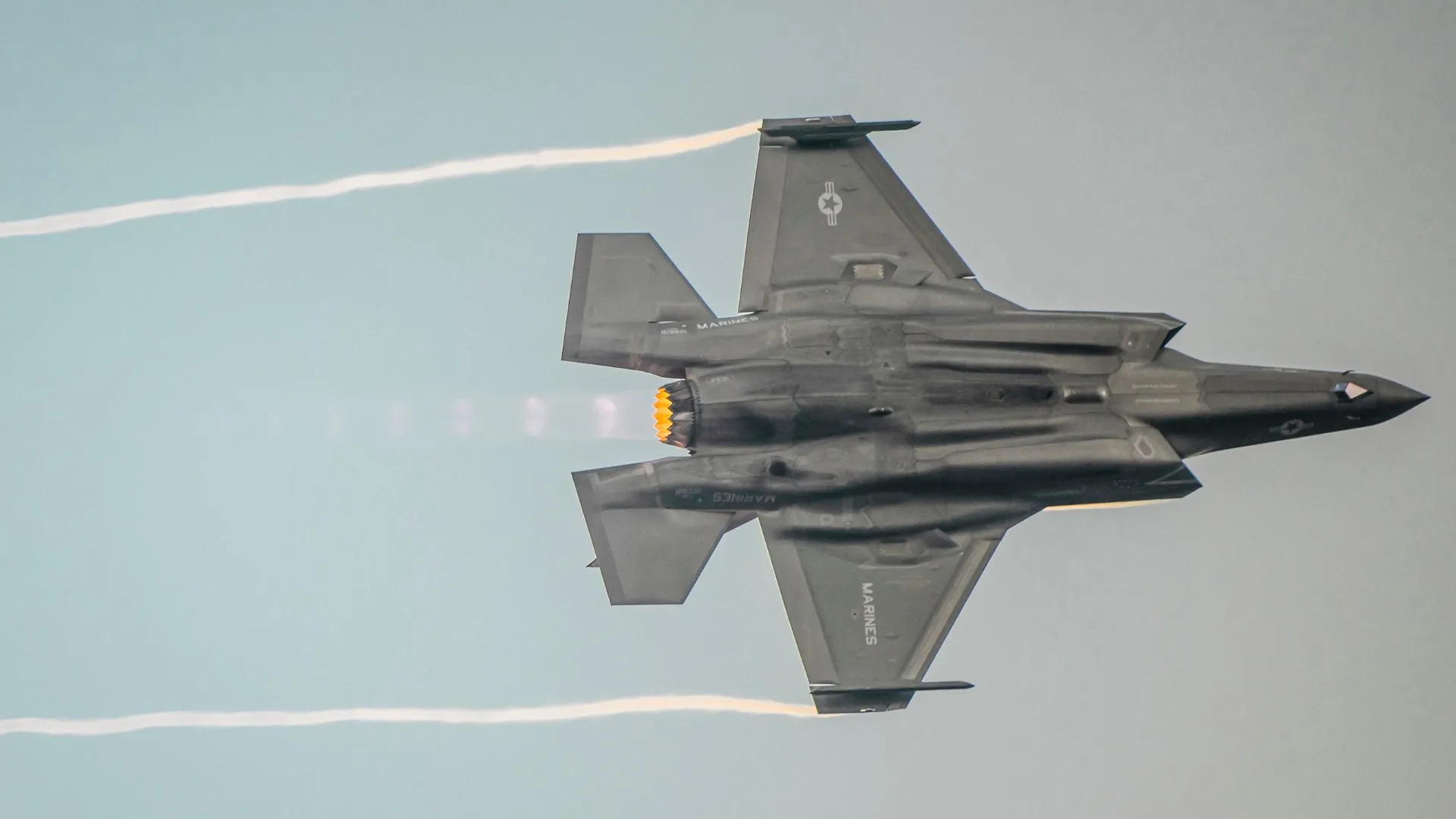Copyright Interesting Engineering

China’s newest amphibious assault ship, the Type 076 Sichuan, seems to have started testing its electromagnetic aircraft launch system (EMALS), a technology only found on the world’s most advanced aircraft carriers. This week’s satellite images and social media posts show the ‘drone carrier’ at the Hudong-Zhonghua Shipyard in Shanghai. The ship was seen facing the open waters of the Yangtze River, with its catapult launch rail pointed toward the river, indicating that it was preparing for launch testing. The image, reportedly taken Tuesday night and shared online early Wednesday, showed the ship’s bridge and dock area brightly illuminated, hinting at activity during nighttime hours, according to a report by the South China Morning Post. Electromagnetic fighter jet launch system The Shanghai Maritime Safety Administration has informed mariners about a no-entry zone at the shipyard’s dock. which will be active from October 20 to October 29. The notice further stated that underwater activities will take place daily from 9 am to 5 pm. Analysts say the location and timing of the exclusion zone suggest Sichuan may be conducting “sled tests” of its EMALS, a process in which a weighted metal carriage is accelerated down the catapult to simulate the launch of an aircraft. The sled, which is later recovered from the water, allows engineers to evaluate the system’s performance and stress tolerance without risking an actual aircraft. Earlier images of the Sichuan showed the catapult covers removed and a radar array installed, signs that the vessel was nearing sea trial readiness. If confirmed, the tests would make Sichuan the world’s first amphibious assault ship equipped with an electromagnetic catapult. The technology is operational only on the U.S. Navy’s USS Gerald R. Ford-class carriers and China’s Type 003 carrier, the Fujian, which began sea trials earlier this year. The EMALS system provides greater launch control than traditional steam catapults, allowing faster, more frequent crewed and uncrewed aircraft takeoffs. It is also more energy-efficient and capable of launching lighter drones and heavier fighter jets, offering operational flexibility across a range of mission profiles. World’s first drone carrier Last month, the People’s Liberation Army Navy released a video showing three fixed-wing aircraft being launched and recovered by the Fujian during testing, a signal of China’s rapid progress in electromagnetic launch technology. Launched in December 2023, the Sichuan is believed to displace more than 40,000 tons and features a full-length flight deck with one EMALS catapult similar to those on the Fujian. The vessel is part of China’s expanding fleet of large-deck amphibious ships intended to project power across the Western Pacific and beyond. The Chinese navy has described the Sichuan as a “drone carrier,” designed primarily to deploy uncrewed aircraft such as the stealthy GJ-11 combat drone. However, its catapult and deck configuration suggest it could operate manned aircraft if required, blurring the line between an amphibious assault ship and a light aircraft carrier. If the current tests are successful, the Sichuan would represent a major leap in China’s naval aviation capability, signaling advances in drone warfare and the continued evolution of electromagnetic launch systems from experimental use to operational deployment.



